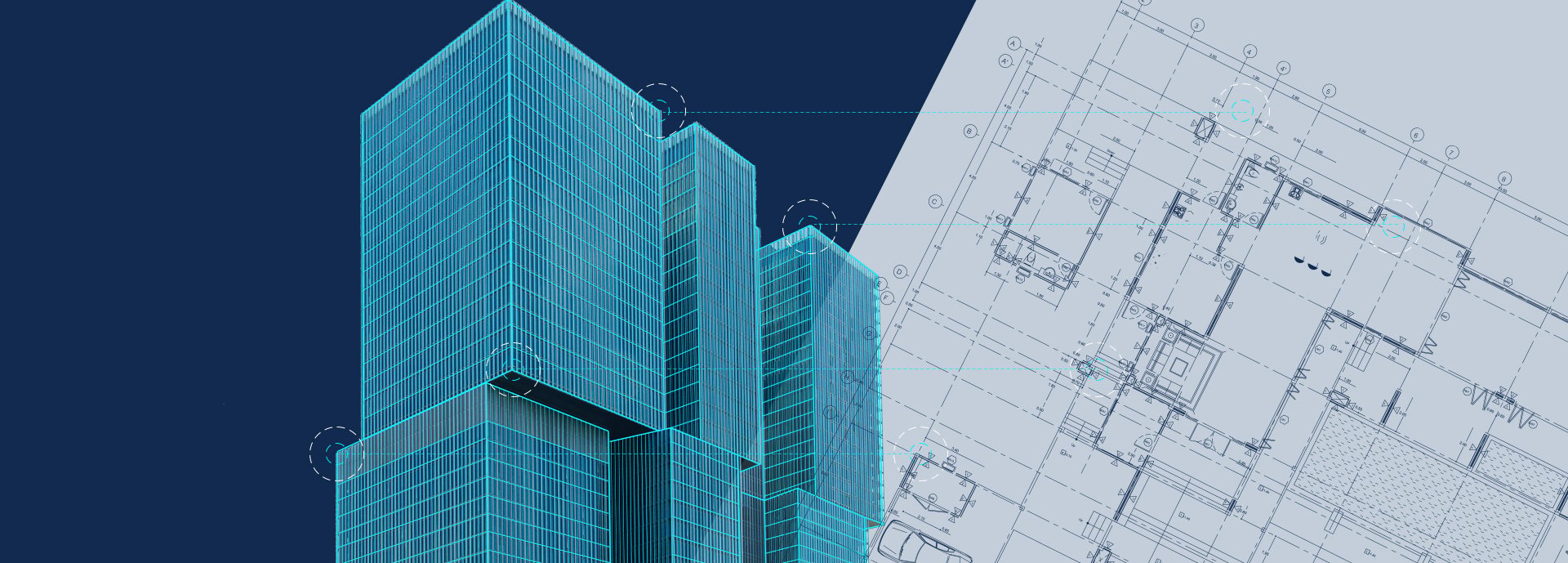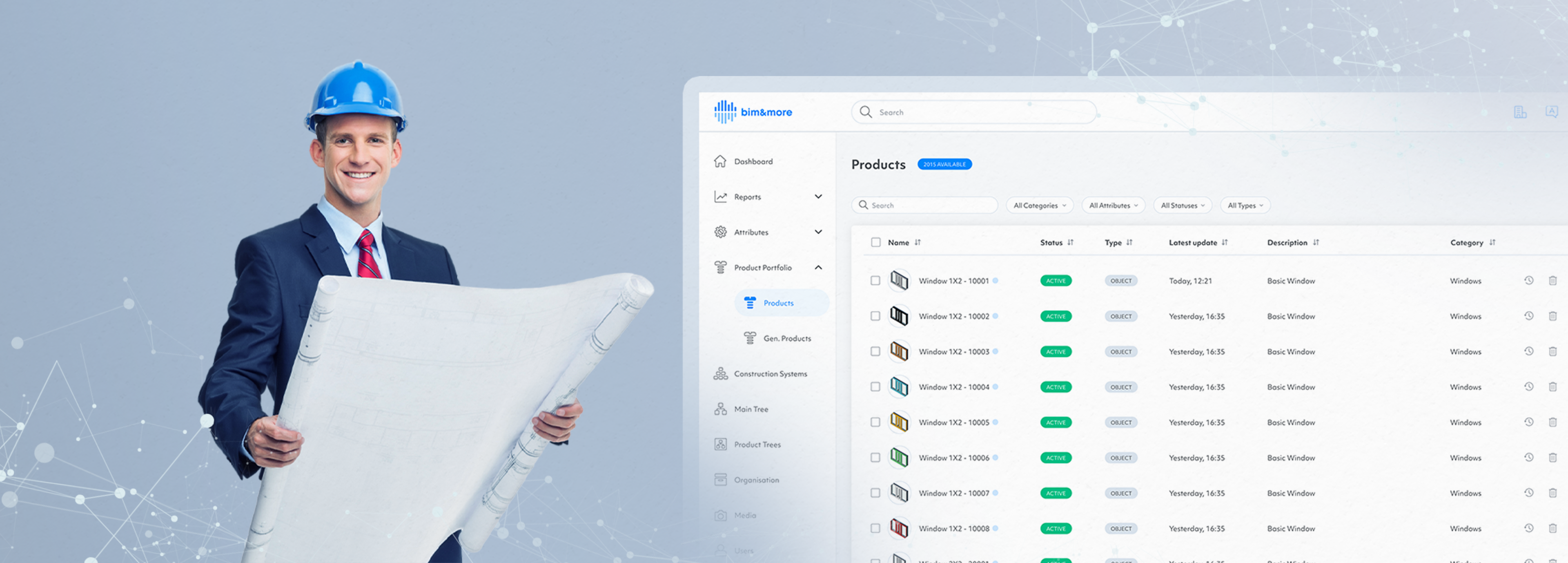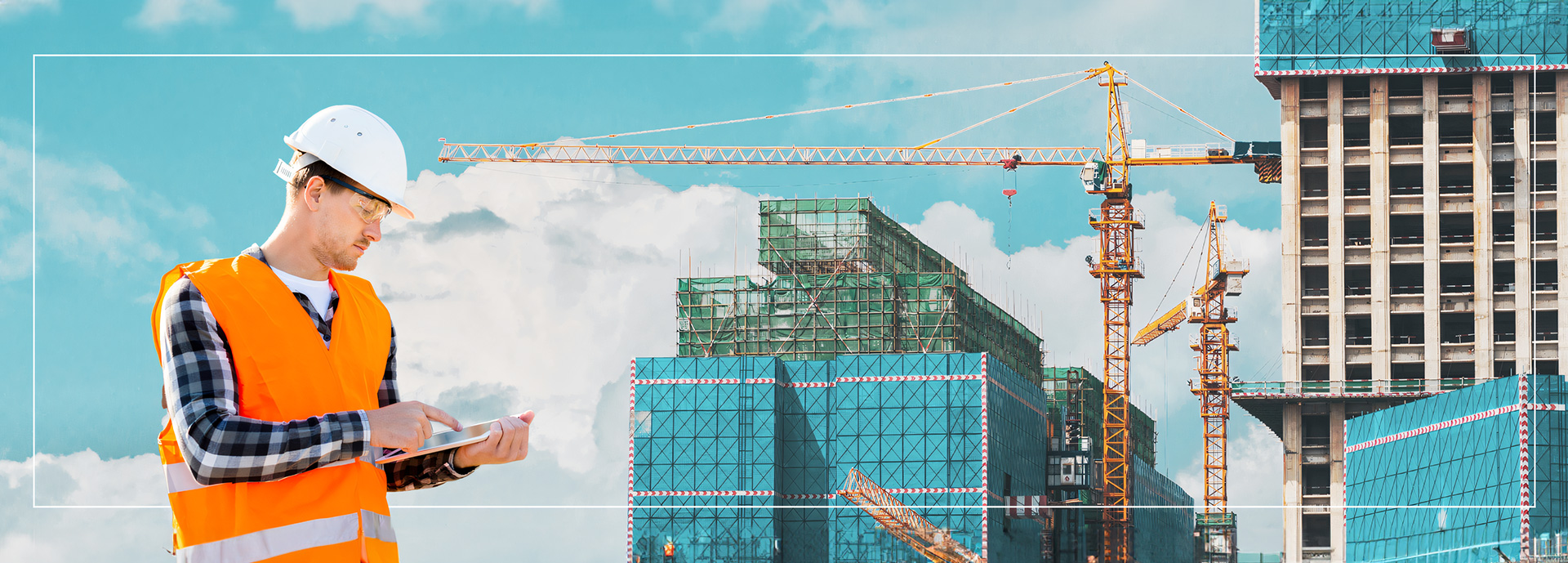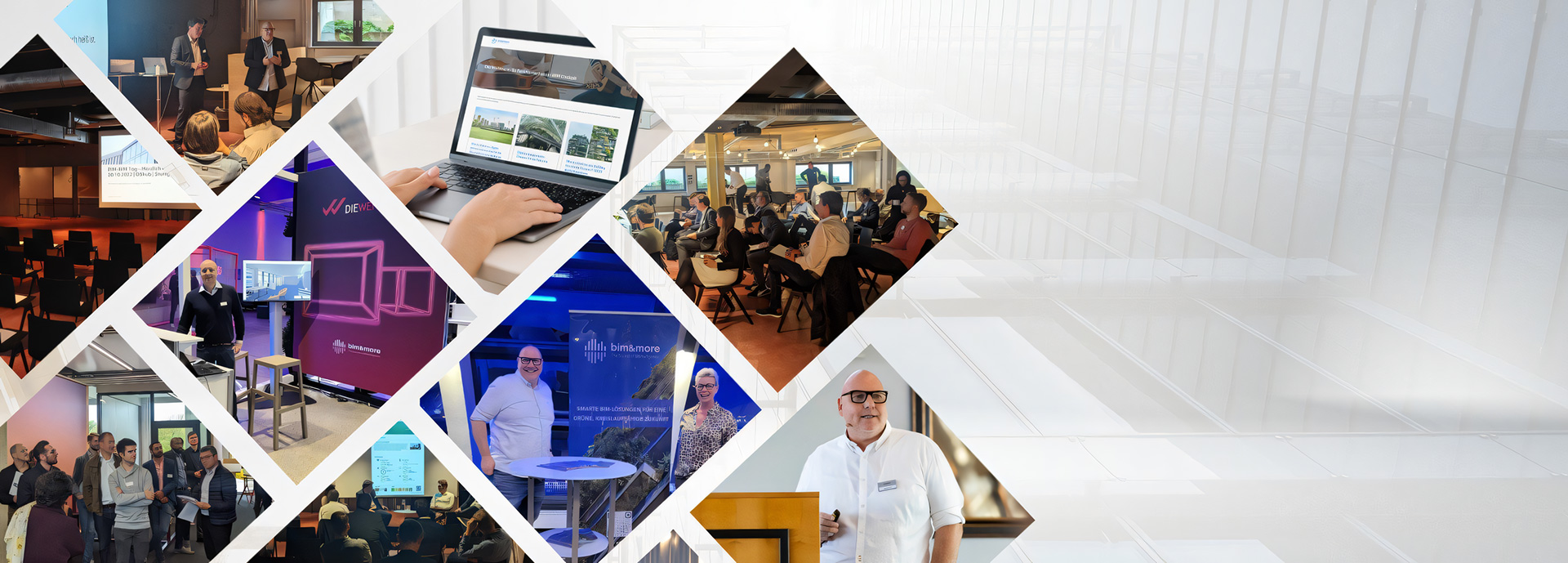There are no greener buildings without data. The provision of BIM data is the foundation of sustainability. Product information is a key building block not only for energy-efficient buildings, but also for the property sector's transition to a circular economy. Manufacturers need to provide not just more data and information, but the right data and information to be considered in future tenders.
More climate protection, more sustainability, more transparency: the seemingly inflexible property market is undergoing an epochal change - and with it the entire construction industry. By 2030, climate-damaging emissions from the building sector in Germany must be reduced by at least 66 percent, and the entire building stock must be climate-neutral by 2050. With the European Green Deal, the European Commission is implementing an instrument to motivate the property sector to achieve climate protection targets and to promote ESG sustainability measures through the EU Taxonomy and the Sustainable Finance Disclosure Regulation (SFDR). And this happens indirectly through the financial market. Investors must align their investments in physical gold with the ESG criteria set out in the taxonomy. Returns thus become both a motivator and a pain point. As has long been the case in many other sectors, one thing is essential: the database. Investors, project developers and clients are increasingly reliant on product information from manufacturers, which needs to be available to architects at the design stage. Now more than ever, manufacturers of building materials and products need to accelerate their digitisation efforts. Those who fail to meet the increasingly complex demands of product data provision will find themselves less and less considered in construction projects. We have summarised the five key digitalisation steps that are important in the face of increasing sustainability requirements.
1. Provide BIM data to the leading CAD design programmes
The most important step in the digitalisation of the construction and property industry is being taken by planners and architects. The drawing board is a thing of the past; planning is almost exclusively done in the digital planning environment known as Computer Aided Design (CAD). Builders want a reliable 3D building model, the digital twin, even in the early stages of construction. This not only represents the geometry down to the last detail, but also provides a wealth of information about the nature of the products and their properties, as well as sustainability information. This information-rich building twin is the central element of the BIM working method, which is increasingly becoming the standard in the construction and property industries.
Planners and architects need BIM objects from the industry so that they can meet their planning requirements as early as possible with product-specific solutions. BIM data delivery is the foundation for sustainability. Product information is not only a key building block for energy-efficient buildings, but also for the transition of the property sector to a circular economy. Small and medium-sized manufacturers must now translate their product portfolios into BIM objects and make them available to planners and architects so that their building materials can be seen and planned even in virtual planning. Those who do not supply BIM objects could soon be left behind in the real construction world.
2. Implement a Master Data Management (MDM) system that is right for you
Before embarking on a BIM strategy, manufacturers should do their basic data management homework and, if necessary, restructure their own product data. Those who skip this step often end up doing double or triple the work - and are forced to start the process all over again at some point. This is because translating product data into BIM objects requires well-maintained product data management systems. If the prototype is not correct, the exhibit cannot be improved. Product information may be held in different departments, in different formats and with different content. Only those who work with leading product data systems such as SAP, ERP or Product Information Management (PIM), which is valuable for Building Information Modelling (BIM), are well equipped for the digital future. Manufacturers who get over this hurdle are laying the groundwork for both sophisticated ESG reporting and efficient BIM data management. In addition, all other data outputs, such as websites, e-commerce shops, catalogues, flyers or brochures, are available at the touch of a button.
3. Consider single sourcing when choosing a BIM tool
Probably the most important step in digital data delivery is the choice of BIM tool. Rather than handing over product data to a service provider to be processed once into BIM objects and published on the relevant portals, manufacturers should choose a provider who will carry out this process on a 'single sourcing' basis. This means that each product has a single address in the data management system through which it can be modified and controlled. And that address is in your company's Master Data Management (MDM) system. Whether online catalogues, websites or BIM objects in the digital twin, all product data is always linked to the manufacturer's master data management system - often the PIM system. This results in a significant benefit: manufacturers can track their published product data. The most important reason for product data tracking is to be able to update the product data. To do this, manufacturers need to know where designers and builders are using their digital products. Without single sourcing, this is a Sisyphean task that few companies can truly guarantee. And yet data management is essential. Adding the attributes needed to evaluate products is an ongoing process, especially with the increasing and ever-changing demands of sustainability.
Planners and architects expect up-to-date data - a core element of data quality. No planner wants to plan with outdated product data, especially when they are subject to the strict requirements of ESG reporting. Leading planning offices in Germany have already spoken out in favour of working exclusively with single-source BIM objects. One problem is outdated product data. It is not clear whether a product has changed or is no longer available - and therefore may no longer be able to meet sustainability requirements and a specific structure as a solution.
4. Separation of alphanumeric and geometric product data
The separation of alphanumeric (text information, figures, numbers) and geometric data has not been recognised as a relevant issue in recent years. This separation is now becoming central to the entire lifecycle of buildings and the materials and products used in them. The problem is the encapsulation of information, as is often the case with BIM objects on the well-known download portals. All the information is there and would be useful and valuable if it were not encapsulated in the 3D geometry - and inaccessible from the outside. Designers and architects can see it in ArchiCAD or Revit, but they cannot use it further. The information is not even readable in the internal Revit or ArchiCAD quantity takeoff - let alone information about production, carbon footprint or recyclability. This makes it virtually worthless to specifiers and architects. Manufacturers need to start looking at the whole lifecycle of a building and provide the relevant information with their products. Even in 30 years' time, it should be possible to find out at the touch of a button how much insulation, for example, is installed in a building and what its recycling or raw material value is. But this will only work if manufacturers clearly separate alphanumerics and geometry in the product data. Die Werkbank IT GmbH recognised this early on and developed the entire system with this in mind. It is precisely this management of alphanumeric and geometric information that BIM & More provides.
5. Ensure that your BIM objects have circularity data to make them circular economy ready
In the coalition agreement of November 2021, the German government announced the introduction of a digital building resource passport. Similar to the Energy Performance Certificate, it will contain all relevant information on the recyclability of the products used. Several cities have already decided to implement a Building Circularity Passport® independently of state or federal legislation - for example, the city of Munich. It has already committed to creating a resource passport for all new municipal buildings. Other cities will follow in 2023, even before the legal requirement is implemented at the federal level. In view of the impending obligation, manufacturers of building materials will have to prepare their product data to include information on material composition, manufacturing method, service life, repairability and recycling options. Without this information, they will not be able to meet the demands of building owners or investors in the near future. This is because only access to transparent product information allows for consideration of recyclability.
If manufacturers cannot provide product-specific data on the environmental footprint and recyclability, they must at least use average values that are not product-specific. This could be data from a Life Cycle Assessment (LCA), which is a kind of life cycle assessment with impact analysis. LCA evaluates the entire life cycle of building materials, products and buildings. Cradle to Cradle® data, which is even more valid for assessing recyclability, is even better. This is because while LCA only analyses around ten attributes of a product, Cradle to Cradle® analyses up to 15 criteria. Thanks to the collaboration with EPEA, BIM & More is now able to include both sets of data in the calculation of the Building Circularity Passport® for the first time. Manufacturers of building materials and building products who provide their product data via BIM & More already meet all the sustainability requirements that are increasingly being demanded politically and by investors for product data in terms of sustainability and circularity. They can therefore be included in the Building Circularity Passport®. Manufacturers who are unable to do so will no longer be considered for projects that require a Building Circularity Passport. This is because the building owner would otherwise be unable to meet their obligations to demonstrate the required circularity value of the building.












.png?width=673&height=152&name=image(10).png)